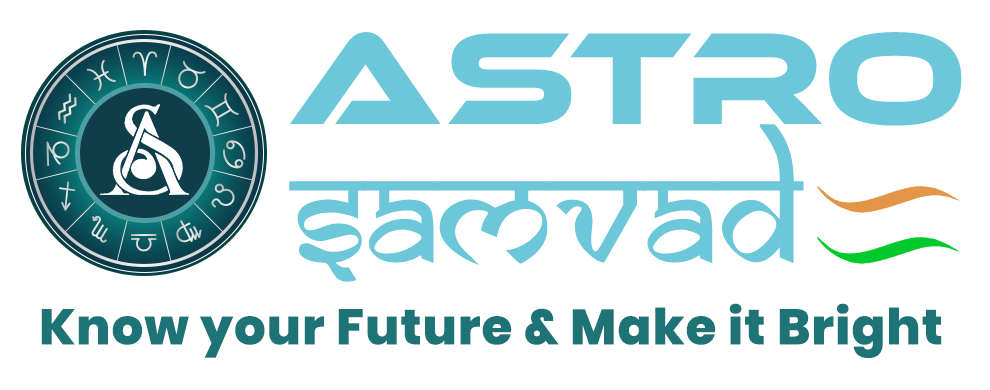Astrology Dasha
Definition and Importance of Dasha
The term Dasha refers to a "planetary period" during which a specific planet predominantly influences a person's life. Each Dasha reveals the positive or negative outcomes based on the planet's position in the natal chart, including its sign (Rasi), house (Bhava), yogas (combinations), and aspects (Drishti).
Types of Dasha Systems
- Dasha Paddhati is unique to Hindu astrology, with 42 systems mentioned in ancient texts like those by Parashara. Of these, Vimshottari Dasha and Ashtottari Dasha are the most widely used.
- Other systems exist but are less commonly practiced.
Vimshottari Dasha
Vimshottari Dasha is based on the assumption of a maximum lifespan of 120 years, divided among the nine planets:
- Ketu: 7 years
- Venus: 20 years
- Sun: 6 years
- Moon: 10 years
- Mars: 7 years
- Rahu: 18 years
- Jupiter: 16 years
- Saturn: 19 years
- Mercury: 17 years
The sequence of Dashas begins with the lord of the nakshatra in which the Moon resides at the time of birth (Janma Nakshatra).
Role of Nakshatras
- The 27 nakshatras, each spanning 13°20', are divided into four parts (Padas). Each nakshatra is ruled by one of the nine planets.
- The starting Dasha depends on the nakshatra's planetary ruler at the time of birth.
- Example: If the Moon is in Mrigashirsha, the first Dasha will be of Mars, followed by Rahu, and so on.
Moon’s Placement and Impact
- The Moon's position in a favorable or unfavorable sign, house, or division (Navamsa) significantly affects the outcomes during its Mahadasha.
- The Moon’s strength influences mental stability, relationships, and health.
Mahadasha Outcomes
A planet delivers results based on:
- Its placement (e.g., exaltation, debilitation, house position).
- Association with other planets (friendly or adverse aspects).
- Its role in forming yogas or ava-yogas (auspicious or inauspicious combinations).
- The strength of the planet in Shadbala (sixfold strength).
- Results manifest during sub-periods (Antar-Dashas) and minor periods (Pratyantar-Dashas) within the Mahadasha.
Favorable vs. Unfavorable Dashas
A Dasha is deemed favorable if the planet is strong, exalted, or well-placed in the natal chart.
- "Poorna Dasha": Indicates a powerful planet offering health, wealth, and prosperity.
- "Rikta Dasha": A weak planet brings challenges and obstacles.
Nakshatra Grouping:
- Past influences: Nakshatras 1–9 (from Janma Nakshatra).
- Future influences: Nakshatras 10–18.
- Neutral: Nakshatras 19–27.
Principles of Interpretation
- Bhava (House): The house occupied by the Mahadasha lord determines the areas of life impacted.
- Lagna (Ascendant): Planets in Kendra (quadrants) or Trikona (trines) often yield auspicious outcomes.
- Yoga Participation: Results improve during Dashas of planets involved in beneficial yogas.
Variations and Challenges
- Individual Variations: Results differ based on the natal chart's unique configuration and external factors like birthplace and family circumstances.
- A planet weak in one chart may still bring material benefits due to specific yogas.
Practical Use
- The Vimshottari Dasha system is a vital tool in predictive astrology, assisting astrologers in analyzing life events, health, relationships, and professional success.
- The alignment of Mahadashas and their sub-periods with natal planetary positions and yogas determines the timing and nature of events in an individual's life.


